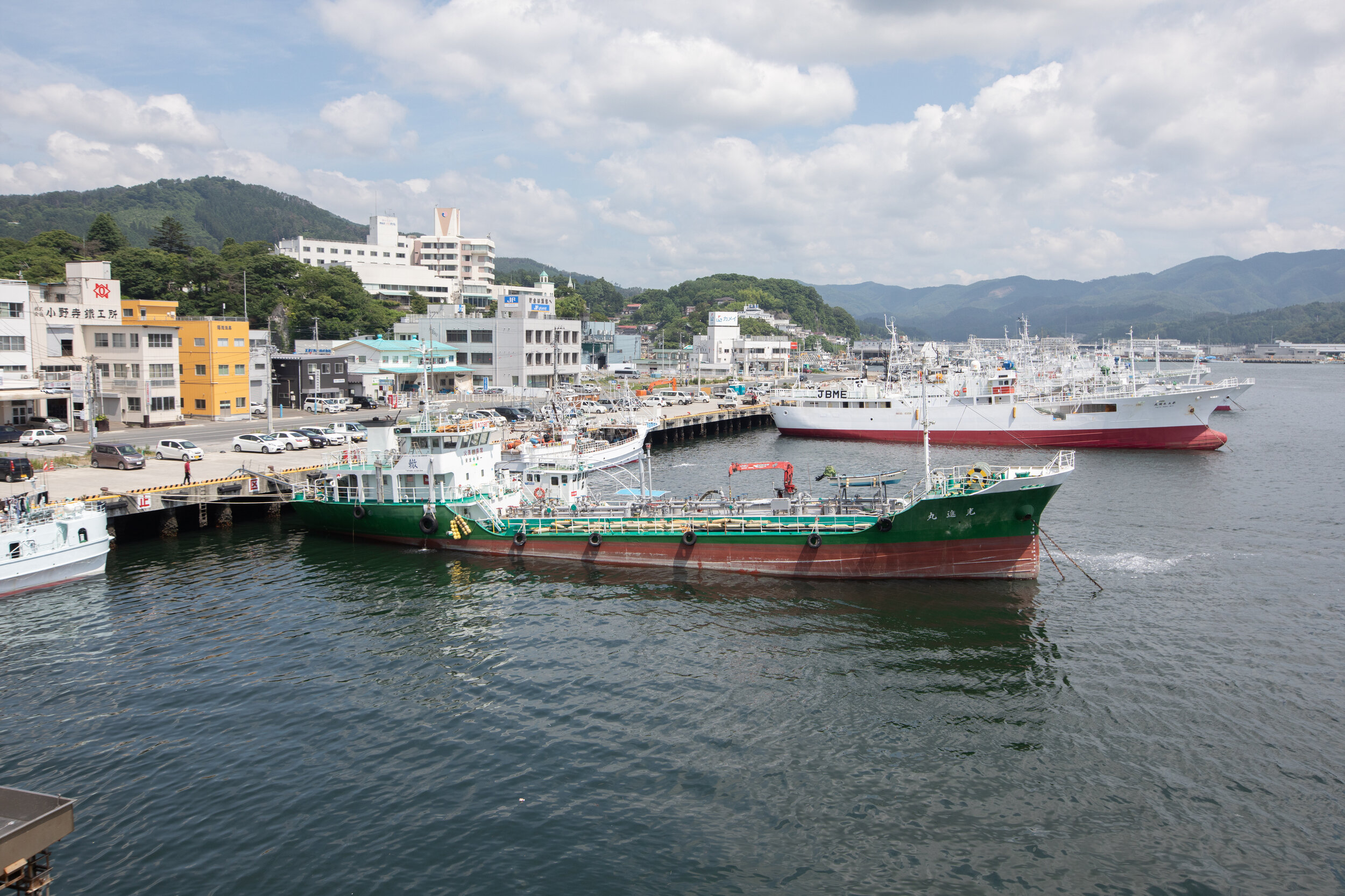
On March 11, 2011, one of the most powerful earthquakes ever recorded shook the northeastern coast of Japan, causing a tsunami that killed nearly 20,000 people.
These photos depict the town of Kesennuma seven years after the earthquake. The coastal line has been permanently altered and signs of damage are visible throughout the area. But the community continues to recover. The once-crowded beaches still attract the occasional visitor.

Last summer, longtime resident Yuko Sato stood outside her traditional Japanese home in the hills overlooking the town. Since the house remained intact right after the earthquake, she transformed it into a makeshift evacuation center. Luckily, she survived with her husband and son. But it took several days before she could connect by phone with her daughter in Tokyo. Even now, she gets emotional thinking about the friends who were never seen again.
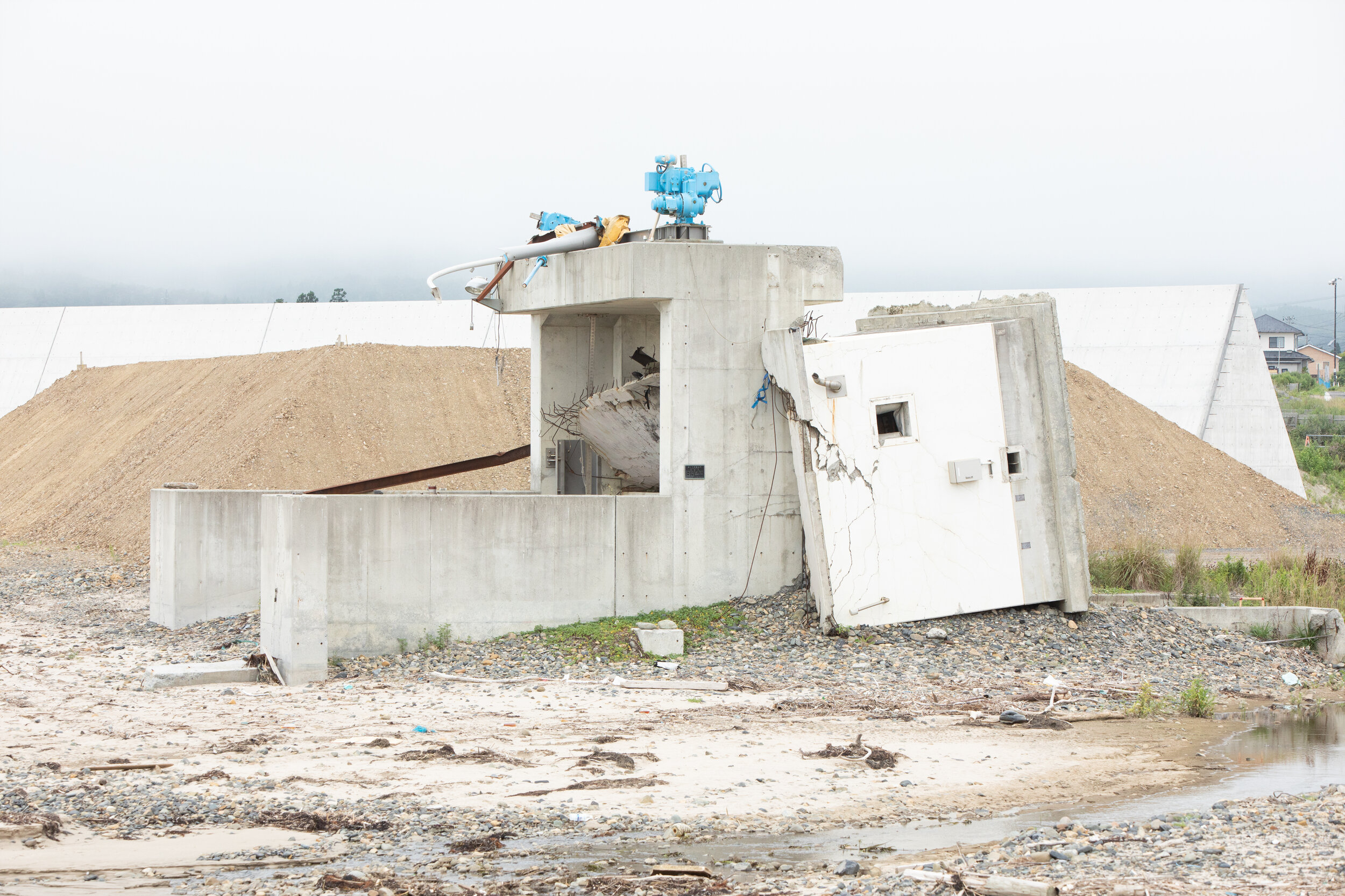
On March 11, 2011, one of the most powerful earthquakes ever recorded shook the northeastern coast of Japan, causing a tsunami that killed nearly 20,000 people.
These photos depict the town of Kesennuma seven years after the earthquake. The coastal line has been permanently altered and signs of damage are visible throughout the area. But the community continues to recover. The once-crowded beaches still attract the occasional visitor.
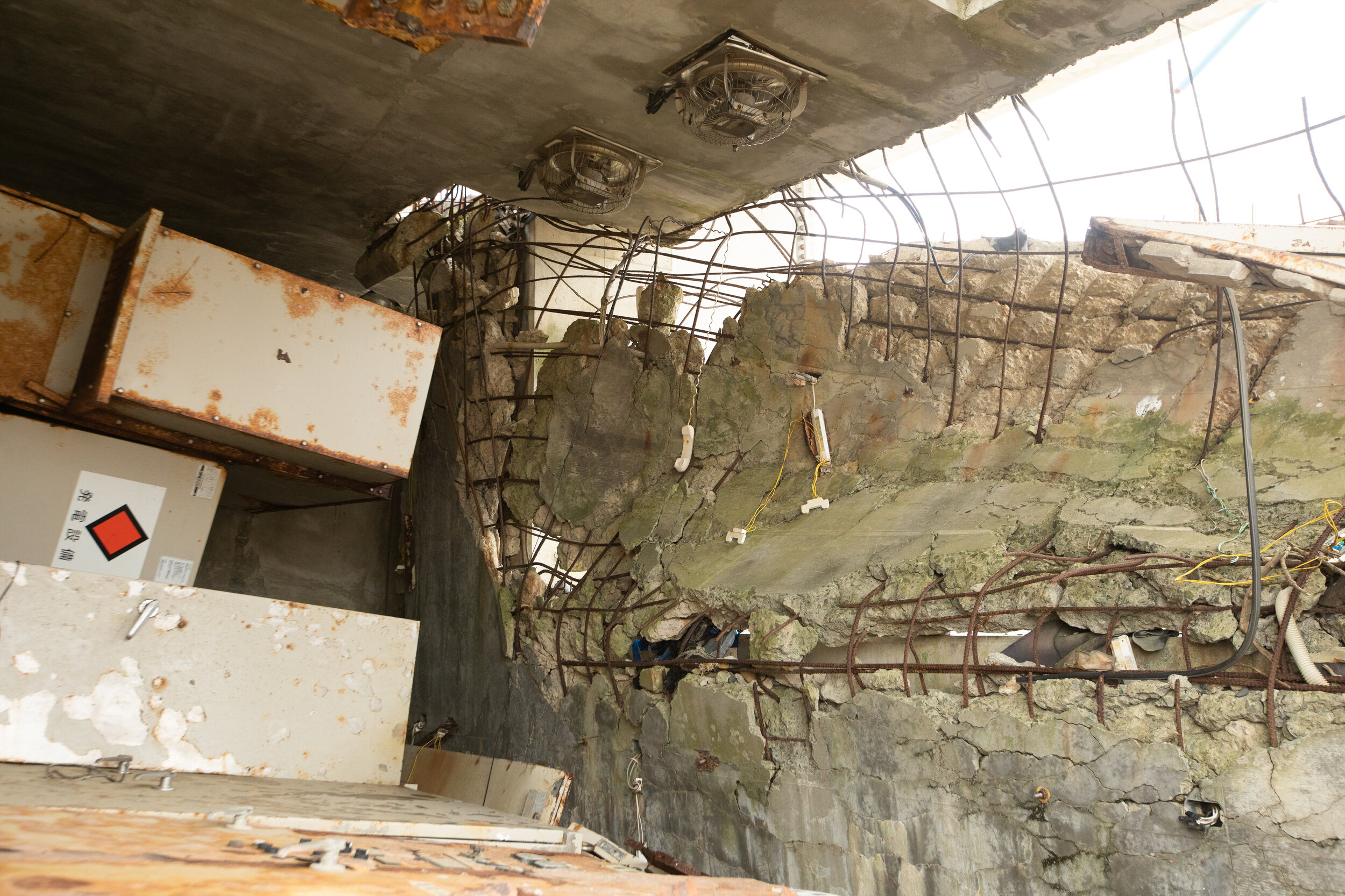
On March 11, 2011, one of the most powerful earthquakes ever recorded shook the northeastern coast of Japan, causing a tsunami that killed nearly 20,000 people.
These photos depict the town of Kesennuma seven years after the earthquake. The coastal line has been permanently altered and signs of damage are visible throughout the area. But the community continues to recover. The once-crowded beaches still attract the occasional visitor.
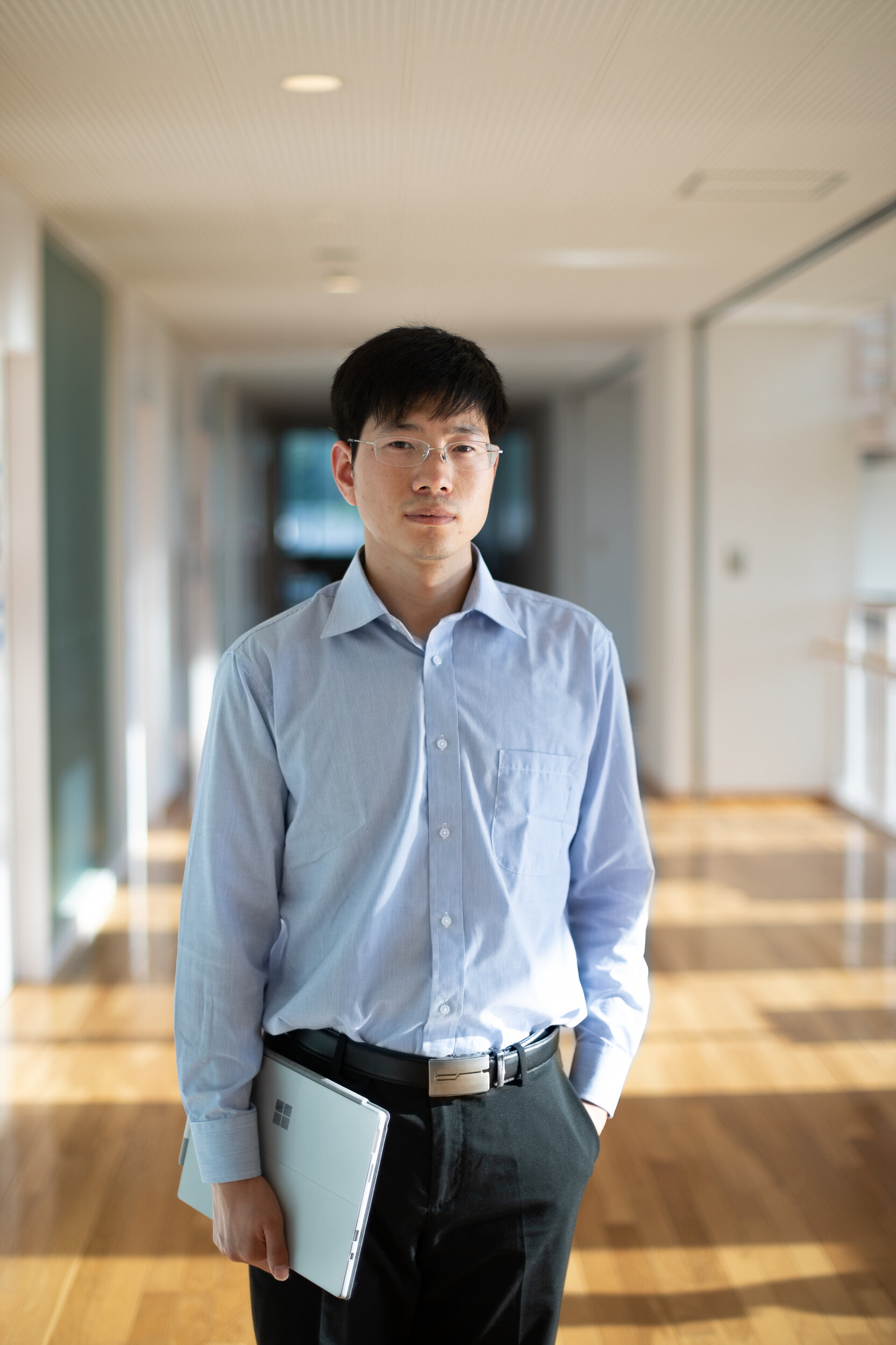
With the help of a grant from Microsoft’s AI for Earth program – a part of Microsoft’s AI for Good initiative – researchers like Bai Yanbing of Tohoku University are attempting to harness the power of artificial intelligence solutions to improve mapping technology so that relief workers might stand a better chance of saving more lives when the next earthquake hits.
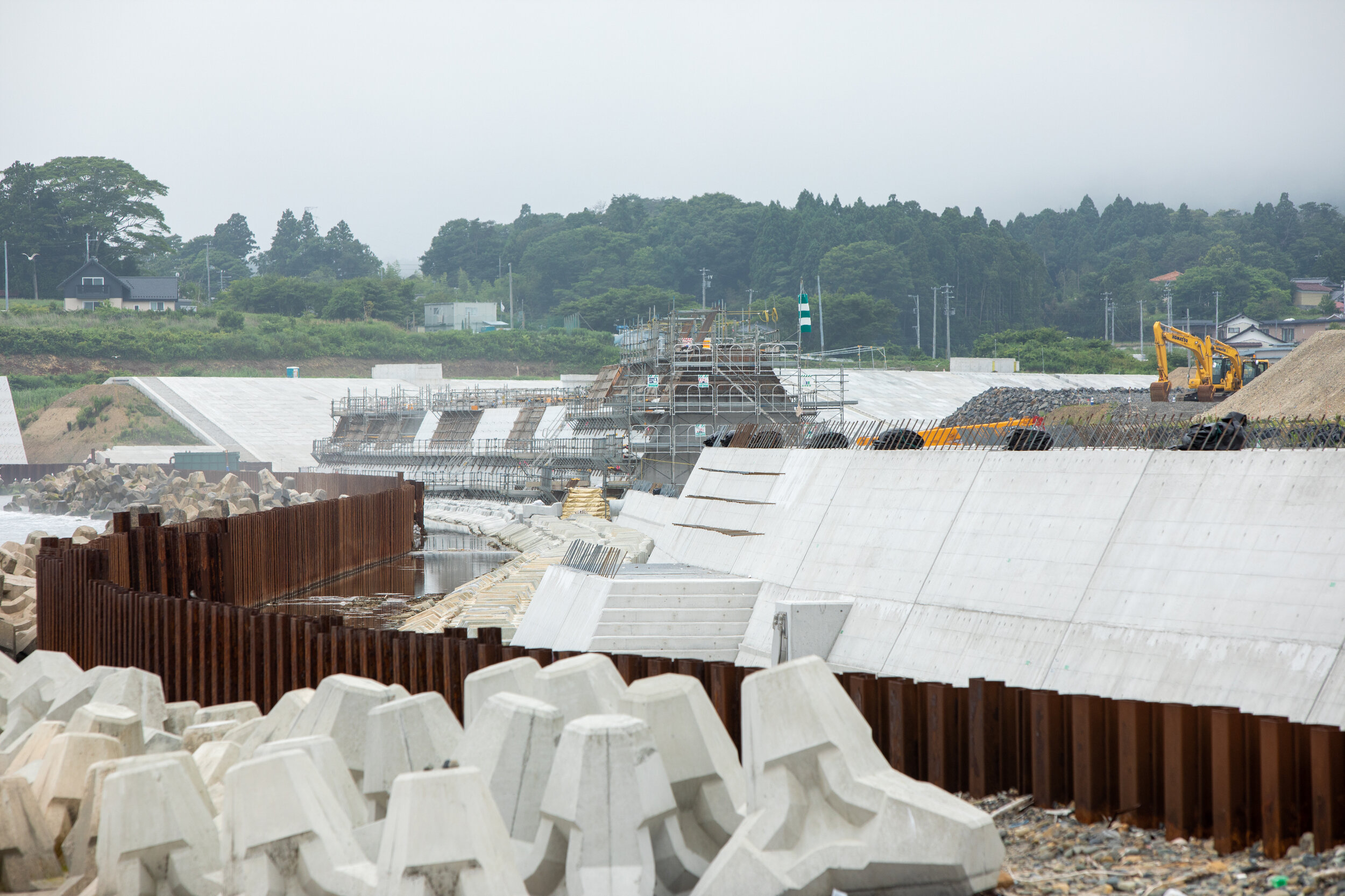
On March 11, 2011, one of the most powerful earthquakes ever recorded shook the northeastern coast of Japan, causing a tsunami that killed nearly 20,000 people.
These photos depict the town of Kesennuma seven years after the earthquake. The coastal line has been permanently altered and signs of damage are visible throughout the area. But the community continues to recover. The once-crowded beaches still attract the occasional visitor.
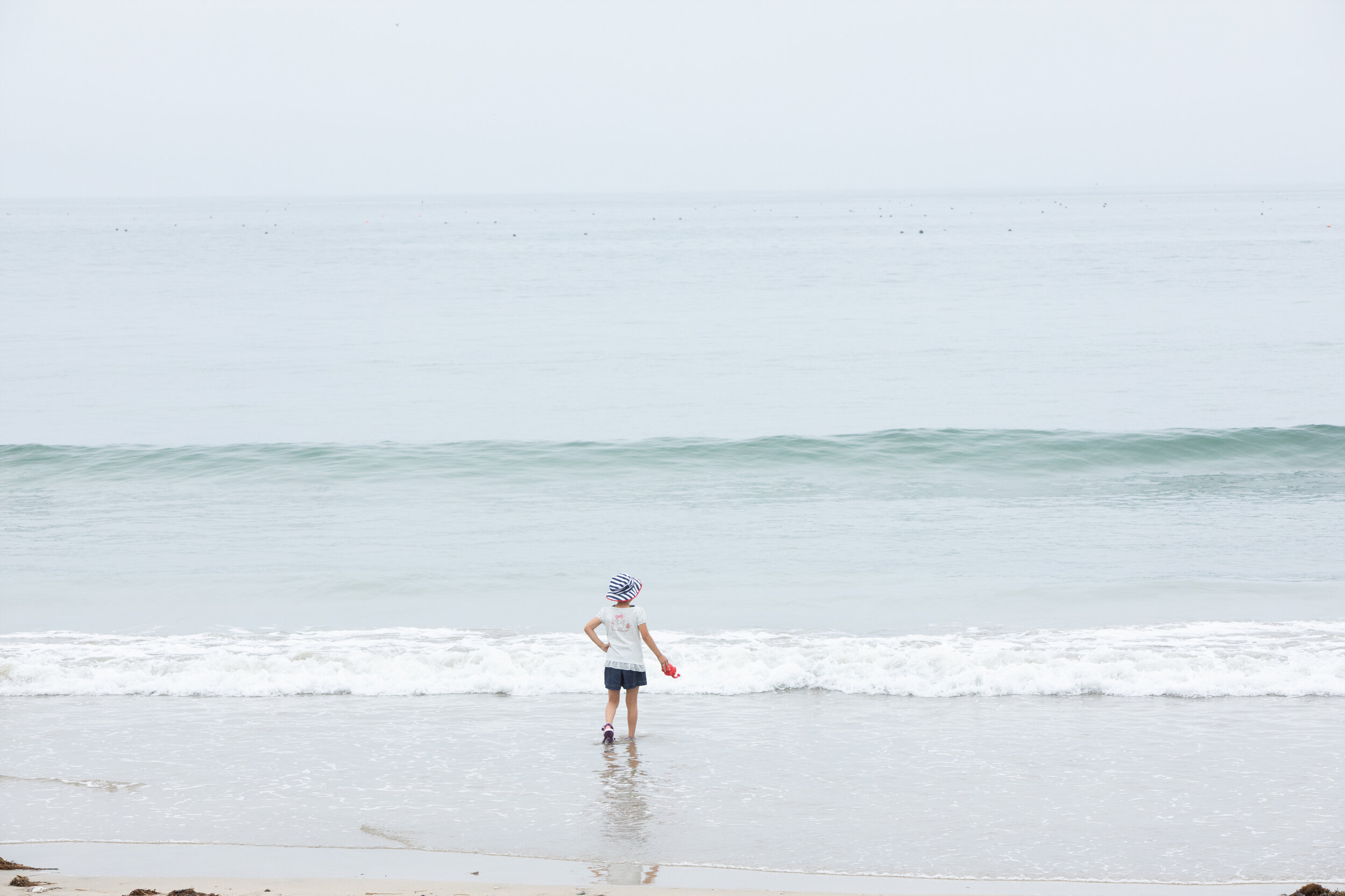
On March 11, 2011, one of the most powerful earthquakes ever recorded shook the northeastern coast of Japan, causing a tsunami that killed nearly 20,000 people.
These photos depict the town of Kesennuma seven years after the earthquake. The coastal line has been permanently altered and signs of damage are visible throughout the area. But the community continues to recover. The once-crowded beaches still attract the occasional visitor.
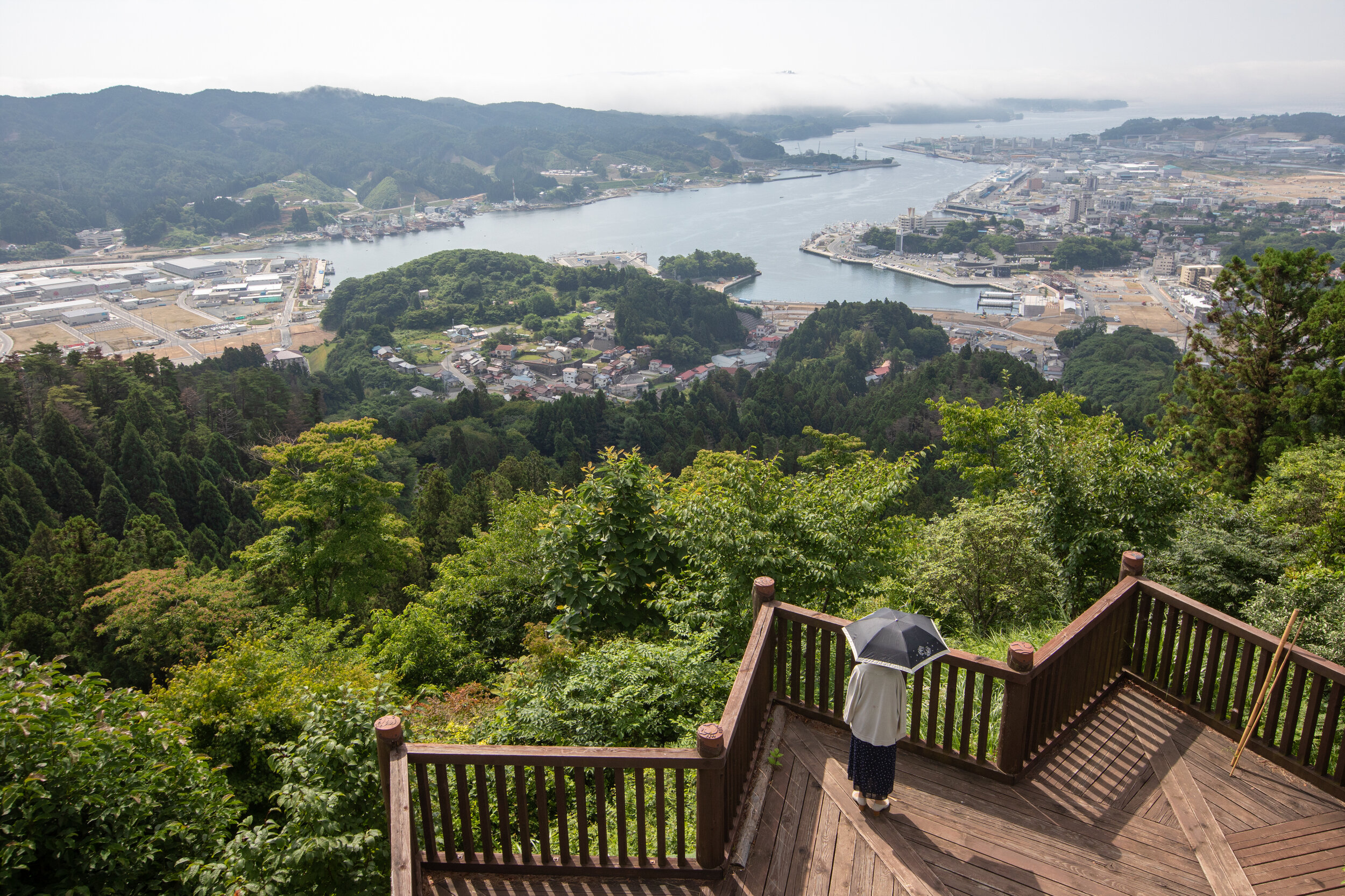
On March 11, 2011, one of the most powerful earthquakes ever recorded shook the northeastern coast of Japan, causing a tsunami that killed nearly 20,000 people.
These photos depict the town of Kesennuma seven years after the earthquake. The coastal line has been permanently altered and signs of damage are visible throughout the area. But the community continues to recover. The once-crowded beaches still attract the occasional visitor.








On March 11, 2011, one of the most powerful earthquakes ever recorded shook the northeastern coast of Japan, causing a tsunami that killed nearly 20,000 people.
These photos depict the town of Kesennuma seven years after the earthquake. The coastal line has been permanently altered and signs of damage are visible throughout the area. But the community continues to recover. The once-crowded beaches still attract the occasional visitor.
Last summer, longtime resident Yuko Sato stood outside her traditional Japanese home in the hills overlooking the town. Since the house remained intact right after the earthquake, she transformed it into a makeshift evacuation center. Luckily, she survived with her husband and son. But it took several days before she could connect by phone with her daughter in Tokyo. Even now, she gets emotional thinking about the friends who were never seen again.
On March 11, 2011, one of the most powerful earthquakes ever recorded shook the northeastern coast of Japan, causing a tsunami that killed nearly 20,000 people.
These photos depict the town of Kesennuma seven years after the earthquake. The coastal line has been permanently altered and signs of damage are visible throughout the area. But the community continues to recover. The once-crowded beaches still attract the occasional visitor.
On March 11, 2011, one of the most powerful earthquakes ever recorded shook the northeastern coast of Japan, causing a tsunami that killed nearly 20,000 people.
These photos depict the town of Kesennuma seven years after the earthquake. The coastal line has been permanently altered and signs of damage are visible throughout the area. But the community continues to recover. The once-crowded beaches still attract the occasional visitor.
With the help of a grant from Microsoft’s AI for Earth program – a part of Microsoft’s AI for Good initiative – researchers like Bai Yanbing of Tohoku University are attempting to harness the power of artificial intelligence solutions to improve mapping technology so that relief workers might stand a better chance of saving more lives when the next earthquake hits.
On March 11, 2011, one of the most powerful earthquakes ever recorded shook the northeastern coast of Japan, causing a tsunami that killed nearly 20,000 people.
These photos depict the town of Kesennuma seven years after the earthquake. The coastal line has been permanently altered and signs of damage are visible throughout the area. But the community continues to recover. The once-crowded beaches still attract the occasional visitor.
On March 11, 2011, one of the most powerful earthquakes ever recorded shook the northeastern coast of Japan, causing a tsunami that killed nearly 20,000 people.
These photos depict the town of Kesennuma seven years after the earthquake. The coastal line has been permanently altered and signs of damage are visible throughout the area. But the community continues to recover. The once-crowded beaches still attract the occasional visitor.
On March 11, 2011, one of the most powerful earthquakes ever recorded shook the northeastern coast of Japan, causing a tsunami that killed nearly 20,000 people.
These photos depict the town of Kesennuma seven years after the earthquake. The coastal line has been permanently altered and signs of damage are visible throughout the area. But the community continues to recover. The once-crowded beaches still attract the occasional visitor.